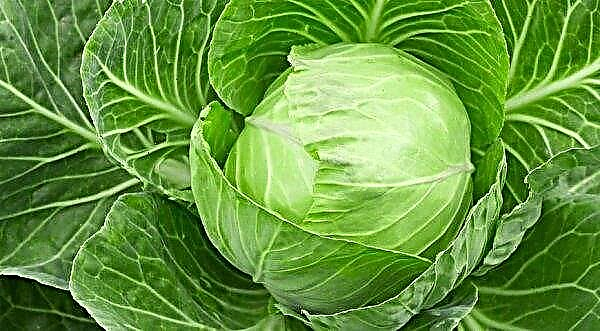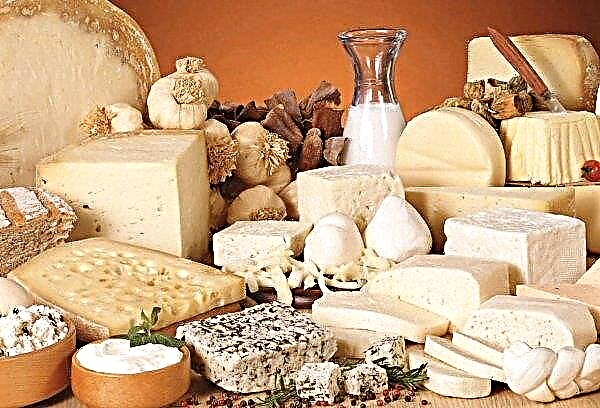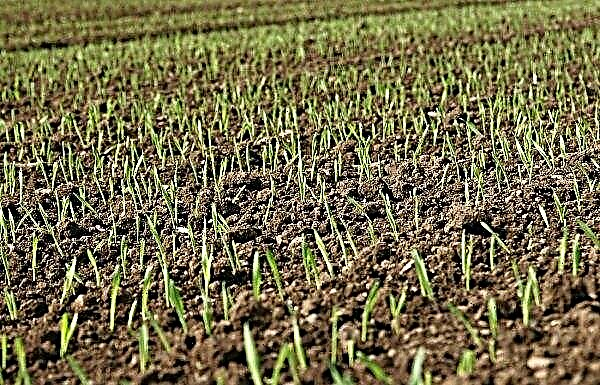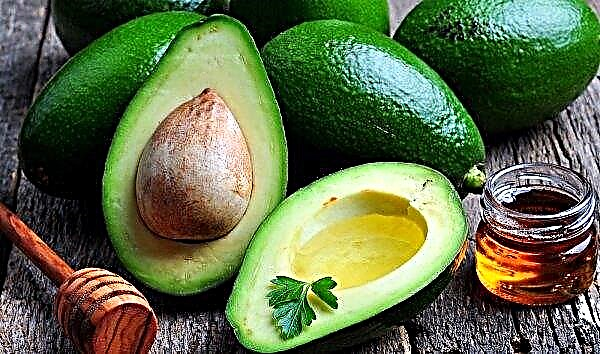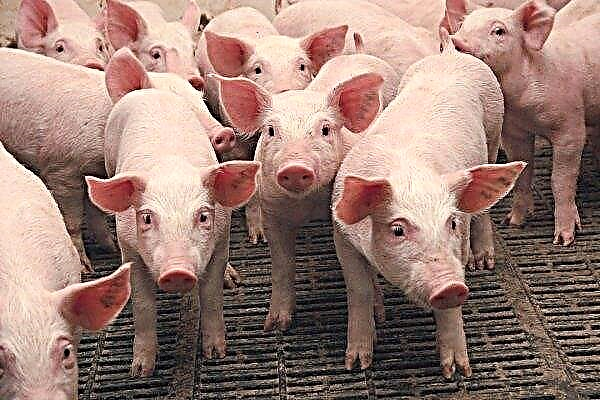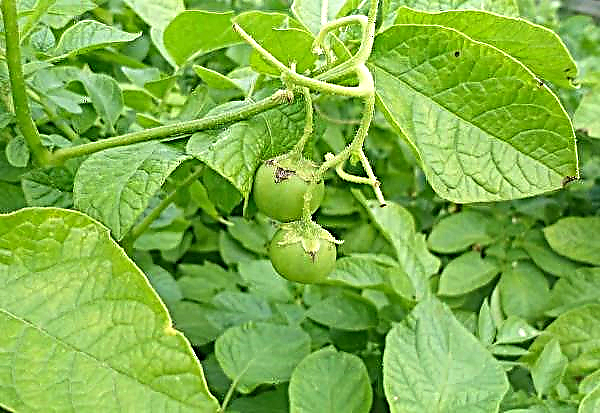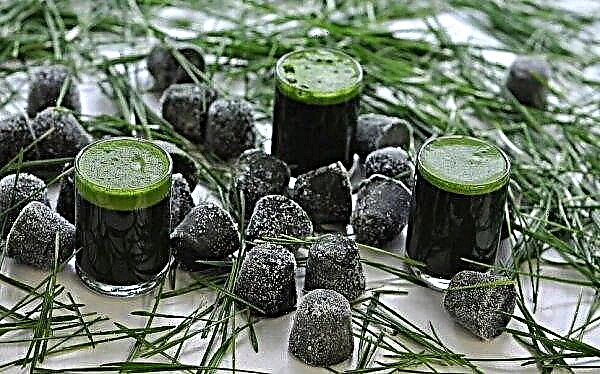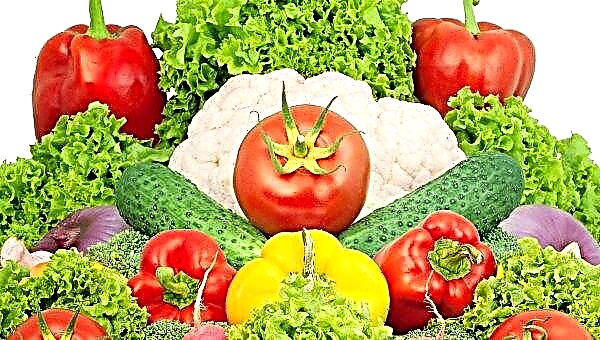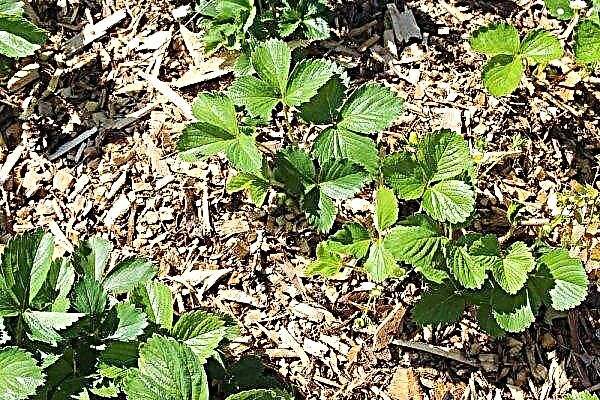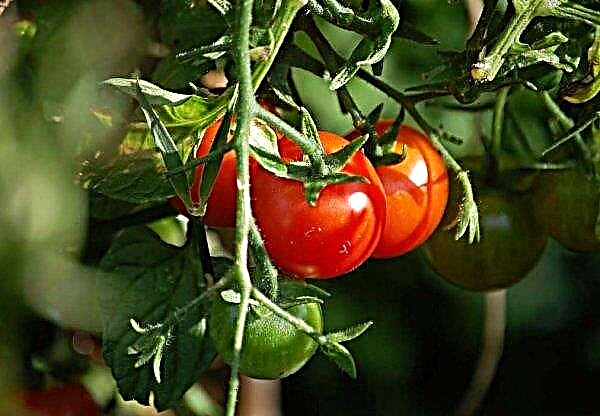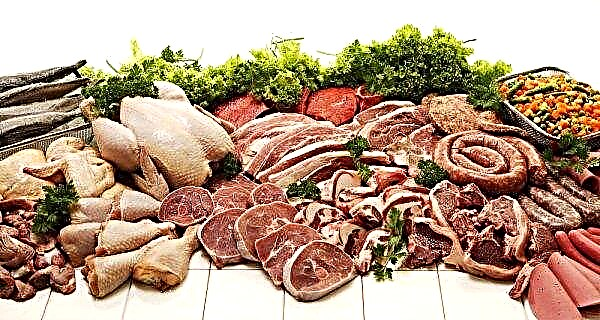In many recipes of world cuisine there are such ingredients as cilantro and coriander. Whether they are one and the same plant, and what their features are, is discussed below.
Coriander and cilantro: the same plant?
Coriander and cilantro are parts of the same plant, which belongs to the umbelliferous family. Its full name is Vegetable, or Seed Coriander. Cilantro is called the deciduous part of the plant, and its seeds and root are called coriander.
Characteristic features of the plant:
- annual culture with an upright branched stalk;
- height 40–70 cm;
- leaf plate with wide lobes and dissection, resembles parsley;
- flowers are small, form umbrellas;
- fruits are firm, ribbed, ripen at the end of summer.

Seeds contain an essential oil with a characteristic odor and bitter taste. After significant dilution, the liquid acquires a delicate and pleasant taste and aroma.
Application features
For culinary and medicinal purposes, use the seeds (fruits) of the plant, its essential oil and leaves. Essential oil is also popular in perfumes and cosmetology, and the fatty oil remaining after its distillation is used in the manufacture of soaps.
Did you know? Plant oil was commonly used by the priests of Ancient Egypt for funeral rites and sacrifices.
In medicine
- From the fruits of coriander make products with the following properties:
- digestion improvement;
- sputum thinning and cough healing;
- wound healing and antiseptic;
- choleretic;
- antihemorrhoids.

Essential oil and substances derived from it are used to treat:
- keratitis and conjunctivitis, glaucoma with antibacterial drops with citral aldehyde;
- Qatar upper respiratory tract drops with linalool;
- cracks in the nipples of the breast in nursing women.
Coriander seeds are also appreciated by traditional medicine experts and are recommended by them in such cases:
- as a prevention and control of worms;
- in order to improve appetite;
- as an anesthetic for pain;
- with stomach problems.
In cooking
For cooking, both seeds and foliage are used.
Coriander seeds - a popular spice that is used:
- in meat and fish preparations;
- for flavoring sausages and cheeses of different varieties;
- when baking bakery products;
- in the preparation of liquors and beer.
Coriander leaves, or cilantro, are a characteristic component of Caucasian and Asian cuisine and are consumed no less than zira, cardamom, and caraway seeds. For food, young sockets are torn off before shooting.

They are added:
- fresh in salads and toppings for dishes wrapped in bread cakes;
- as a seasoning for meat and vegetable dishes;
- for soups.
Storage rules
To preserve greens for the winter and get all available vitamins and nutrients from it, cilantro can be frozen.
To do this:
- Select whole young stems.
- Wash and dry the plants.
- Finely chop and spread on a cling film laid on a plate or cutting board. Put the plate in the freezer, and after freezing, transfer the product to the container.
Important! Do not abuse cilantro for people with high blood pressure, coronary heart disease, pregnant women and children under 6 years old.
Cilantro can also be pickled, dried or salted.
Shelf life of various blanks:
- the dried product can be stored for up to 1 year at any temperature, but over + 25 ° C it can change color;
- salted greens and marinades are suitable for use up to 1 year at a temperature of + 1 ... + 6 ° C or up to 6 months at room temperature (up to + 25 ° C).

Plant seeds should be stored in a dry place by placing them in a glass or plastic container with a lid. Qualitatively dried spices can be stored safely for up to 1.5 years. Being parts of one plant, cilantro and coriander occupy an important place, both in cooking and in medicine.

